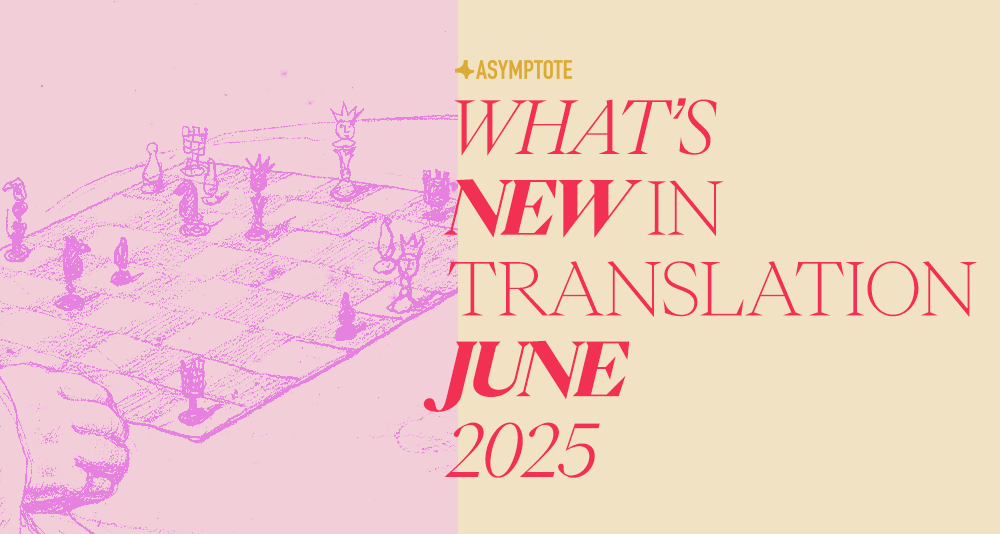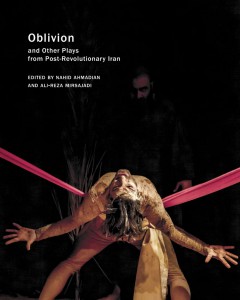Lantana or, the indissoluble exhalation by bruno darío, translated from the Spanish by Kit Schluter, Ugly Duckling Presse, 2025
Lantana or, the indissoluble exhalation is bruno darío’s mesmerizing monument to literature. Published as a tripartite collection by the Brooklyn-based Ugly Duckling Presse, it is both a posthumous triumph and an instance of translation as friendship, as a kind of company-keeping in one’s journey across states. When the Mexico City-based darío wrote these beguiling poem sequences during his twenties, he was suffering, then living, then dying of brain cancer, which ultimately killed him at the age of twenty-nine in 2022. The accomplished translator Kit Schluter recounts in his introduction that he was a good friend of darío’s (who insisted on presenting his name in lowercase since the laws of publishing would not allow him to publish wholly anonymously); the two of them, Schluter writes, “had become friends the way poets working in different languages so often do: by translating each other’s work.”
The Lantana trilogy, 153 English pages in all, recounts the doomed, fatal, gorgeous love story between one speaker, “the Inconsolable,” and his beloved, the terrific and terrifying Anfitriona, who kills herself in the first part of the sequence, “feast, fright,” then stays silent in the second, “airsickness,” as the Inconsolable writes letters about her, his life, and his work. Finally, in the third section, “raze,” she is able to speak a bit before the voice of Gravity—the gravity that pulls her deeper into the earth, into her final destination as earth—takes the final word.
There are several paths into darío’s work; I’ll start with Walt Whitman. Leaves of Grass is referred to frequently throughout the book, the magnum opus of the poet of the body facing the cryptic missives of a young poet approaching death. “I sing the body electric,” darío quotes in English in one of his poems, and he does—he sings the body electric, but he sings the body as it disappears from the realm of bodies past, the body as it crumbles or effloresces into the realm of the intellect and the image. These, more than the flesh, are the guarantors of eternity, and darío takes us on a tour of the seam between them and the real. READ MORE…



